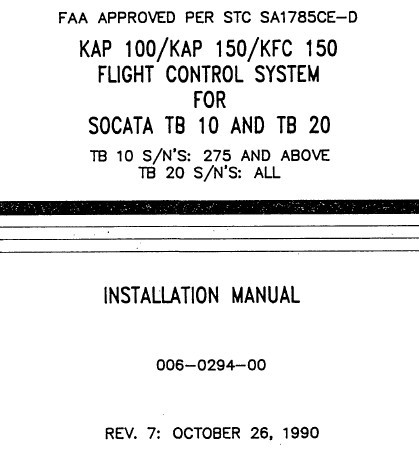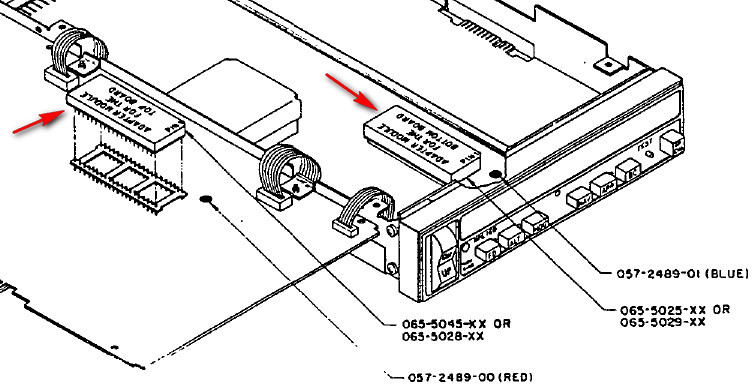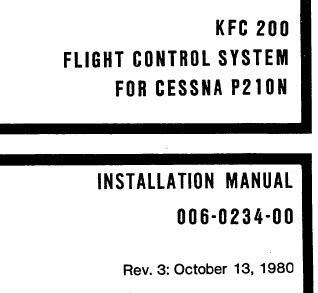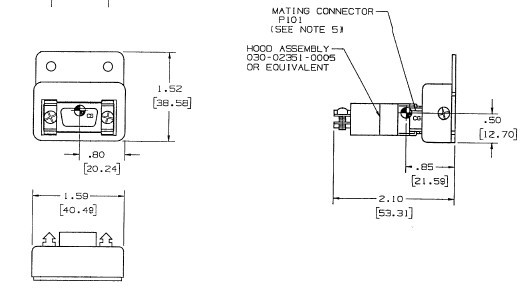Amazing claims have been made for “digital autopilots” 
But what is it?
Every autopilot has analog outputs – the servos. The universe is analog, after all! And ailerons and elevators are definitely analog.
What about the inputs? Are there autopilots which are ARINC429-in only? If so, where does the data come from?
The air pressure is analog too. It has to be measured with a pressure sensor which digitises it. Pitch and roll are analog too, and so is acceleration.
So all that “digital” may mean is the control loop. Digital control loops have been in autopilots for ages – the KFC225 is done in software. I don’t know about the KFC150, etc.
Autopilots with analog control loops tended to suffer from variations over a long time period, as e.g. electrolytic capacitors used to form the loop time constants dried up.
In the case of the DFC90 the input (from the AHRS system and from the Air Data Computer) is digital, as well as the control loop and all the programmed features like “envelope protection”, IAS hold etc. THe output to the servos is analog.
You can read more about it here
As I understand the KFC150 has micro controller but it only controls the UI, the selftest and so on. The control loop is analog. It is personalized to the aircraft type by a “module” which is plugged into a 40 pin dil socket. The “module” itself is another dil socket with resistors soldered across it.
Peter wrote:
Digital control loops have been in autopilots for ages
The digital autopilot is said to be (yet another) child of the Apollo programme. As far as I know, the lunar module was the first craft to employ a fully digital autopilot with no analog circuitry (apart from that contained in the A-D and D-A converters).
There’s a fantastic book about the development of the Apollo guidance computer, written by a Harvard prof. i exchanged some letters with. I can post the title when home.
Flyer59 wrote:
I can post the title when home.
Not necessary to wait until your are home, that book has been in my bookshelf for quite a while  This one it is
This one it is
Yes that Apollo AP was a nice job – especially as the whole computer (I have that book too) was built with thousands of 2-input NAND gates and the software was held in magnetic cores 
Of course the universe is analog so a “digital autopilot” must be one with a digital control loop. Analog-derived digital inputs (which is all inputs) don’t count.
And while you are doing the control loop in software, you can throw in cunning optimisations.
I wonder which GA APs have a digital loop?
The output from the AHRS and ADC is completely digital, not “analog”. And the DFC90/100’s and GFC700’s control loops, should be completely digital too.
I have the IM for the old King boxes. Interestingly the KAP100, KAP150 and the KFC150 are all pre-1990. This is the Socata TB STC IM:

These are indeed the modules which define it for the aircraft, but they might be EPROMs, not analog components

The KFC200 is ancient

The KAP140 is from 1996 and is fully digital, with everything stored in an EEPROM in a “configuration module”

The KFC225 is from 1998 and is like the KAP140 i.e. fully digital.
So it’s not quite what some expected! Digital autopilots go back to 1996, at least in the King sphere. That’s 20 years old now…
Peter wrote:
These are indeed the modules which define it for the aircraft, but they might be EPROMs, not analog components
I’ve seen one of the “modules” of a KFC150 opened. And it was nothing but resistors, not an EPROM. In fact there are two of them, for the top and bottom board, so I can’t guarantee that both are of that type, but I still think so.